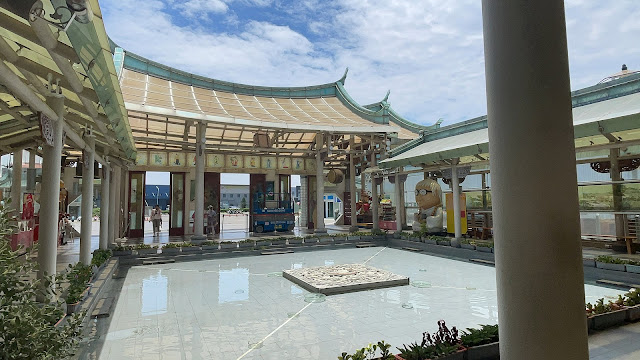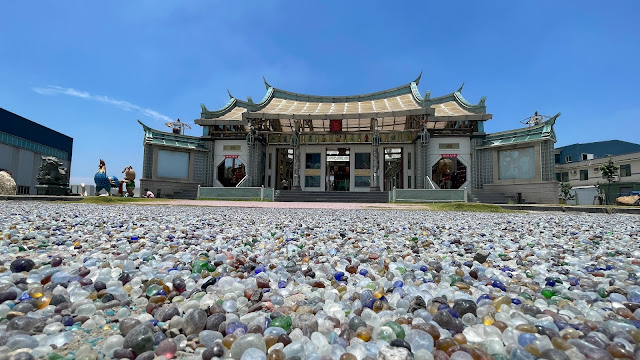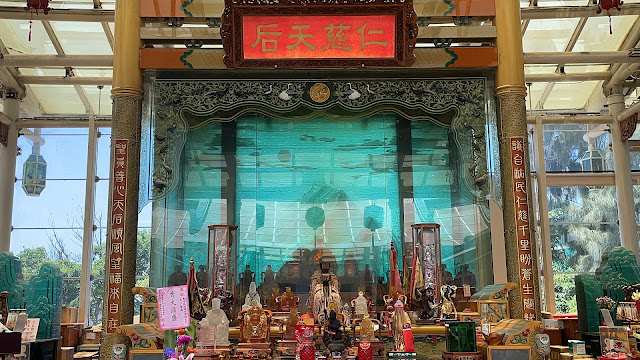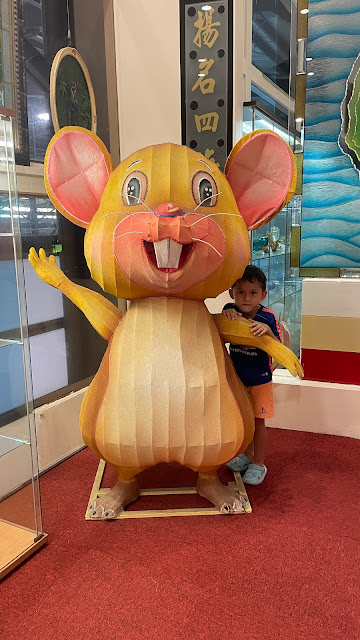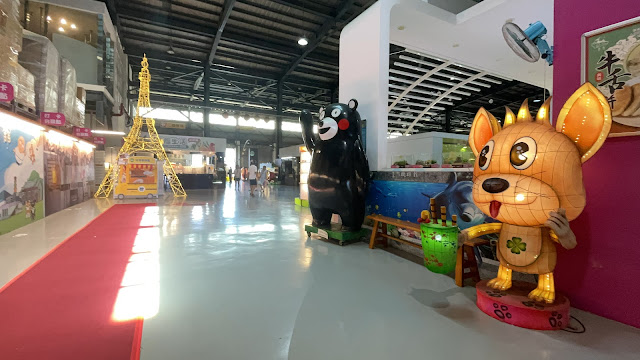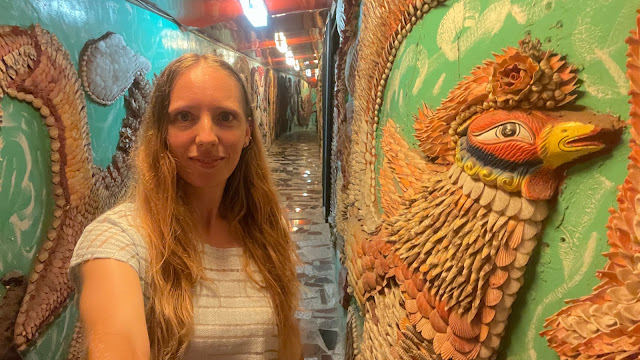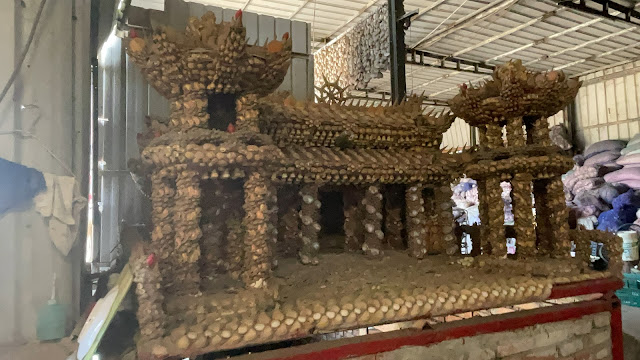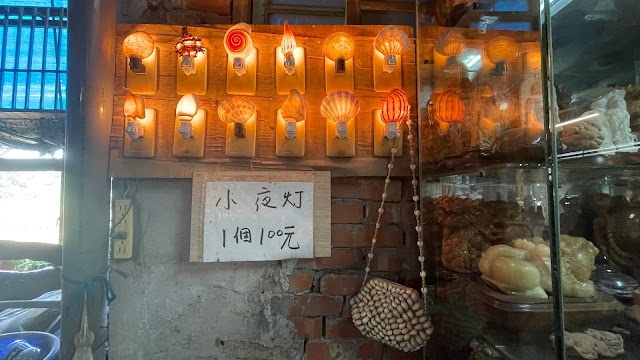Travel Date: 2023/07/15
Beigang Water Cultural Park (水道頭文化園區)
The park originally served as a water plant constructed in 1930 during the Japanese colonial period. At the time, it boasted cutting-edge water plant design and played a crucial role in supplying drinking water to Beigang residents for over a century. However, its operations ceased in 1997. Following the successful restoration efforts by the Yunlin County Government, including the rehabilitation of facilities, buildings, and the environment, the area was transformed into a cultural park and aptly named "Shuidaotou."
The waterworks, known as "Suidotou" in Japanese, featured comprehensive facilities including water intake wells, sedimentation tanks, filtration systems, and disinfection units. It represented state-of-the-art design for its era. The treated water was pumped up to the iconic water tower and distributed to every home, serving as the primary source of drinking water for Beigang residents for over a century. This water supply system was referred to as "Sewer water," which is synonymous with today's tap water rather than groundwater. The Beigang Water Tower is colloquially known as "Waterhead."
The Water Tower, built in 1929, stands at a height of 20.4 meters and is a three-story reinforced concrete structure. The first and second floors have decagonal designs, while the third floor is cylindrical, each side featuring half-moon lattice windows. Its unique architectural style makes it the only one of its kind in Taiwan. The Yunlin County Government recognized its historical significance by registering it as a county-designated historic site in 2006. This tower stands as an emblematic representation of modern public works in Taiwan.
The cross-shaped water tower, formerly known as the Beigang Old Water Tower, held a pivotal role as a water source for the town and remains the sole enduring building from the Japanese colonial period in Beigang Town. The park's landscape is adorned with century-old trees, Japanese-style structures, and serene lotus ponds.
The Japanese Style Dormitory Group encompasses the factory director and employee dormitories, constructed between 1929 and 1930. The factory director's dormitory is a single-story wooden building with external walls later modified to brick. It was officially designated as a historical building by the county government in 2010.
The pump room, erected in 1930 and equipped with water pumps, primarily functions to distribute water between the pool, water tower, and well through the pump. Its walls are constructed of transparent bricks, exemplifying craftsmanship during the Japanese occupation. In 2006, it earned recognition as a county-designated historic site.
Within the park, you'll find three filter ponds, dating back to 1930. These ponds served as purification facilities for tap water, removing impurities through sedimentation. Due to their gradual water collection process, they are often referred to as "slow filter ponds." Today, they have been transformed into picturesque ecological ponds within the park's landscape.
The park also houses two pumping wells, both constructed in 1930. The first pumping well serves as a raw water storage point, holding the unprocessed water sourced from Beigang Creek. The second pumping well, a clean water well, stores chlorinated and disinfected water. In 2006, the Yunlin County Government designated them as county-designated historic sites.
The sedimentation tank, also built in 1930, played a central role in filtering impurities from the water. The purified water would then be directed to the second pumping well and subsequently to the water storage tower. This entire water purification process was carried out within the confines of the park. Remarkably, the original sedimentation tank has been retained and now serves as a war-ready tank, bearing witness to its historical legacy.
Address:
651雲林縣北港鎮民生路1號




















